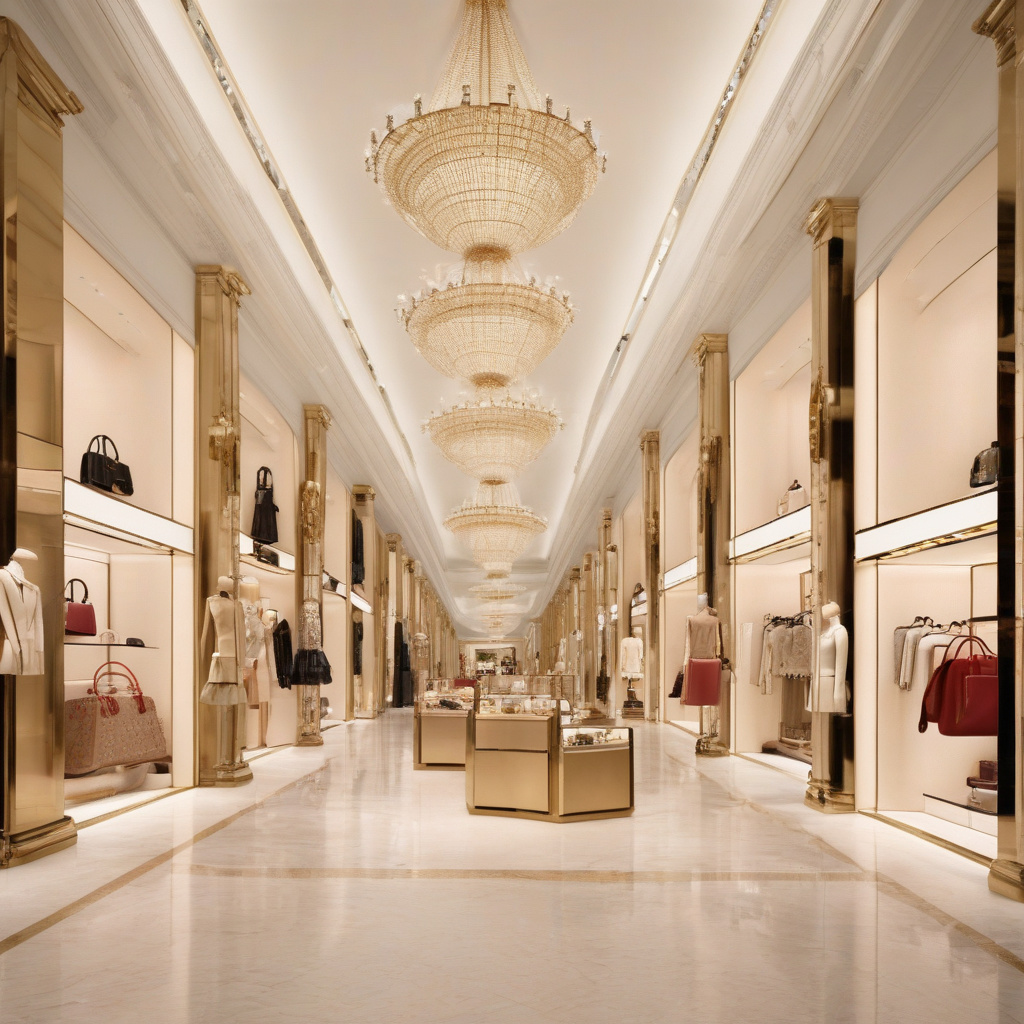US Tariffs Will Test Luxury’s Pricing Power
The landscape of the luxury goods market is facing a new challenge as US tariffs threaten to disrupt the finely tuned pricing strategies of European luxury brands. For years, these brands have capitalized on the allure of exclusivity and sophistication, using dramatic price increases to boost profit margins. However, with the specter of tariffs looming large, the room for further price hikes is narrowing, putting their pricing power to the ultimate test.
European luxury brands have long enjoyed a sense of prestige and desirability, with consumers willing to pay a premium for the cachet that comes with owning their products. This aura of luxury has allowed brands to implement significant price increases across their product lines, from handbags to clothing to accessories, without significantly denting demand. As a result, profit growth has soared, bolstered by an ever-expanding global market hungry for the latest must-have items.
Yet, the imposition of US tariffs threatens to disrupt this delicate balance. With the potential for additional costs on imported goods, European luxury brands may find themselves in a bind when it comes to further raising prices. Consumers, already sensitive to price hikes, may balk at paying even more for their favorite luxury items, leading to a potential downturn in sales.
Moreover, the competitive landscape of the luxury goods market adds another layer of complexity. As more brands enter the fray, offering similar products at slightly lower price points, the pressure to maintain a premium pricing strategy intensifies. Any misstep in pricing could result in consumers flocking to competitors offering similar quality at a more attractive price, eroding the carefully cultivated image of exclusivity that luxury brands have worked so hard to maintain.
To navigate these choppy waters, European luxury brands must rethink their pricing strategies and find ways to offset the impact of tariffs without alienating their customer base. This may involve a delicate balancing act of cost-cutting measures, strategic price adjustments, and a renewed focus on value proposition. By emphasizing the unique craftsmanship, heritage, and quality that set luxury goods apart, brands can continue to justify their premium prices to discerning consumers.
One example of a brand successfully navigating these challenges is Hermes, known for its iconic Birkin and Kelly bags. Despite facing increasing production costs and economic uncertainties, Hermes has managed to maintain its pricing power by emphasizing the exclusivity and timelessness of its products. By staying true to its brand DNA and focusing on craftsmanship and quality, Hermes has been able to weather the storm of tariffs and economic fluctuations, standing as a beacon of pricing stability in a volatile market.
In conclusion, the looming threat of US tariffs poses a significant challenge to the pricing power of European luxury brands. To maintain their competitive edge and appeal to discerning consumers, brands must adapt their pricing strategies, emphasize their unique value proposition, and find innovative ways to offset the impact of tariffs without compromising on quality. By staying true to their brand identity and focusing on long-term sustainability, luxury brands can navigate these turbulent waters and emerge stronger on the other side.
luxury goods, pricing strategies, European brands, US tariffs, profit growth












